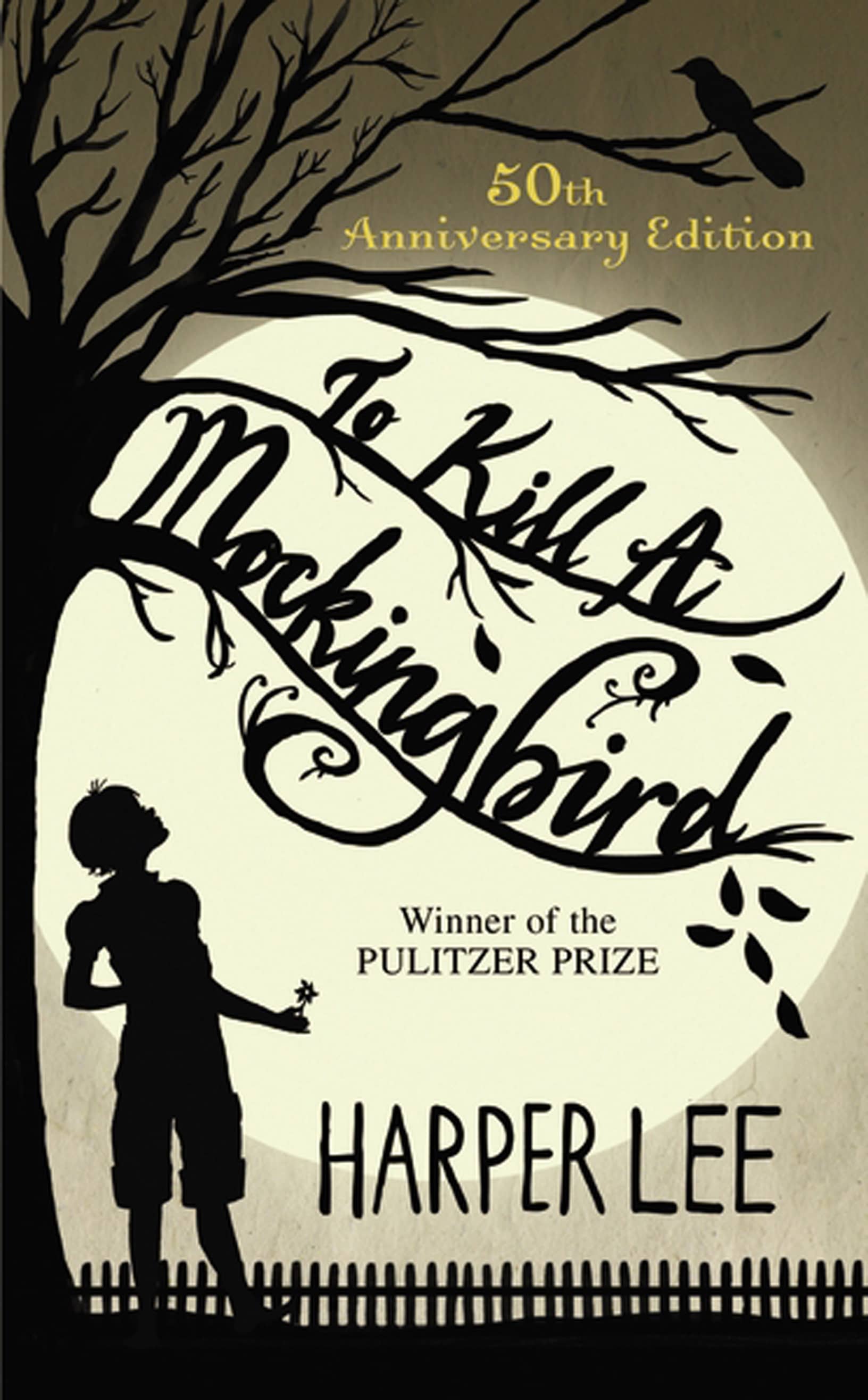To Kill a Mockingbird // Harper Lee

The first part of the novel focuses on social discrimination, while the latter half focuses on racial discrimination. Part 1 introduces us to the mysterious Boo Radley who doesn’t leave his house, who is disliked for his peculiar behaviour. In part 2, we see the development of the trial of Tom Robinson, a black man wrongly accused of raping a white woman. All of the characters and episodes are extremely important to the story, and each level of the every event paints a deeper meaning to the story. Atticus Finch in particular has gained recognition as a literary hero with his empathetic nature towards those of a minority. “You never really understand a person until you consider things from his point of view… Until you climb inside of his skin and walk around in it.”
My favourite element of the novel is the Mrs Dubose episode, where we are presented with a different kind of courage: “She died beholden to nothing and nobody. She was the bravest person I ever knew.” The novel shows us how courage can come in all kind of forms, and isn’t always “a man with a gun in his hand.” To Kill a Mockingbird is a timeless tale that is essential in teaching adolescents globally that “there is just one kind of folks.”
Words by Nancy Davis